I sat down to figure out what I needed to do the first week of this year, and I was stuck right away. I had no idea what I needed to do that week because I didn’t know what I needed to do that year. I had a few ideas about what I wanted to do, but I needed to know what I should be working on each month to figure out how to allot my time.
(I didn’t allot time for writing this article. You’re welcome anyway.)
So, how do you figure out what you should be working on in a week, month, year? You’ve got to create your writing master plan. There are lots of great ways to do this, and of course you can use any method that works for you (just like in everything else with writing). I’ve been doing this for five years now–and I’ve done it for up to three years at a time. Here’s how I do it.
To get started you need:
- a decent idea of how long each phase of a project typically takes you (and how long it can take worst case)
- office supplies: post-it notes, paper, index cards, poster, whiteboard, magnets, whatever works for you. I’ve used a computer spreadsheet in the past. It’s very helpful if you can rearrange the various pieces, so post-its, cards or magnets are extra useful.
- a list of the major engagements/vacations/busy times of your year.
- a year calendar for reference.
Step one: brainstorm
As with any good writing project, at the beginning, we need IDEAS. First, on a piece of paper or on the computer, list all the projects you’re in the middle of, whether they’re active or not. (Projects you’ve truly abandoned don’t have to be on the list.) Drafting, revising, editing, polishing, publishing, wherever a current project falls, write those down on the list. Now, add projects that you know you want to (or need to) write—the next book(s) in your series, that shiny new idea you just got, the sekrit project that’s been simmering forever. Finally, add in a line or two (or more) for any shinier, newer ideas that might come along this year.

Step two: prioritize
We’ll be doing this a lot.
Next, pick out the most important projects to you: the ones you want to work on the most, the ones that make you happiest, the ones that have contracts and deadlines—however you define important. I typically pick three bigger projects per year (i.e., full-length novels: one to write, one to edit, one to publish) and three shorter projects, although sometimes I’ll change up the balance, fewer big projects and more small ones. If you can do more, GREAT! I always have a tendency to bite off more than I can chew, so I’m constantly coming back to my list and moving things to the next year. It kinda sucks.
Step 3: break it down
(dance break optional)
For each project that made it to your short list, break it down into its smaller project phases: drafting, revising, editing, querying/publishing. Each of these phases gets its own post-it or index card. These are the pieces that we want to be repositionable. It’s useful to write down how long you anticipate this phase taking (be generous, super super generous in giving yourself time for this!) It’s also helpful to color code these. I prefer to color code by project, with all my cards for one project the same color, but it might also work to color code them by phase. My pictures here aren’t color coded. Sad. One more tip here: you could also number them so you don’t forget you need to write a project before you edit it.
I feel like I work best in blocks: editing a whole project for a month or even two. You might work best changing your focus project every week. If that’s the case, you might want a card for each week of a project—for example, four drafting cards if you’ll spend four weeks drafting, six revision cards if you’ll spend six weeks revising, etc.

This year did not go the way I thought.
Step 4: make the calendar
On another piece of paper or surface, lay out the calendar. I’ve done this week by week for a year in a spreadsheet, or month by month on paper—in my bullet journal/planner, so it’s all ready. Once you’ve laid out the calendar, mark off any chunks of time you know you won’t be writing (much): vacations, conferences, events, work or family obligations. I don’t bother with the occasional day off here. Also add in any firm deadlines here. I like to put NaNoWriMo on my calendar.
The less you know about these big pieces of your schedule, the more leeway you’ll need in planning, of course.
Step 5: IT BEGINS AT THE END (with deadlines)
Now you can put your cards on your calendar! I start with the firm deadlines I’ve already written in and work backwards from there. If it’s a publishing date, when do I need to have the book to my editor to get it back in time for formatting? I need to be done with my edits by then, so I stick that post-it/card before that date, with time for betas in between (you can also have a card or post-it for sending a work to betas). Same with revisions—I give a window for beta readers and then place revisions before that. Be mindful of the events you’ve put in your schedule, of course.
Step 6: passion projects start at the beginning
 Once my deadline project phases are all in position,
Once my deadline project phases are all in position, my calendar is scary full, I prioritize my other projects. What do I want to work on the most? How long will the next phase of that project take? Where do I have time for that on my calendar? Here’s another spot where we want to make sure we keep the phases in order!
If you don’t have time for a given phase, can you move things around to make time for that? I try to move things earlier rather than make more pressure later. For example, maybe I have a month of revision on a deadline project and I stuck it in March, with betas in April and editing in May. I want to work on a project I love, but I need two months for its phase. I can move up revision on the deadline project into February, if there’s space, so I get two consecutive months to work on my “passion project.” Or I can break up that task.
Step 7: evaluate
Now comes the hard part: ask yourself if this is really a realistic amount for you to do in a given week or month. If it’s too much to manage in a month, you have too much to manage in a single year. So do I. This is another time to reprioritize.
In this step, I also look at whether I’m changing up tasks enough—four months in a row of a grueling level of editing, even if I’m changing projects, is a recipe for burnout. I try to change things up between drafting, revising and editing.
Also here, I make sure I’ve got either a phase or a project I really love as often as possible. Sometimes revision or editing can wear me down while drafting tends to fill me up in a different way, so I try to schedule drafting a couple times throughout the year. But that tends to pile up my editing projects, so if I can’t draft, I make sure I’m working on a passion project frequently.
Keep in mind that—unless you’re under contract—it’s okay to move projects off your calendar. When I was planning this year, I originally had six publication dates scheduled. I realized it would be impossible for me to work on my pet passion project if I ran to that schedule, so I pushed one of those books back a year. It hurt on some level, but I knew if I tried to keep up with my original schedule, I’d end up burned out or fall impossibly far behind, or both.
Step 8: record
Once you’ve got a reasonable calendar laid out, write it down. I did this with post-its for this year, so I took a picture, then peeled them off the months one at a time and wrote the text down. Now my year plan is safe in my planner (and on my phone).

You have a master writing plan!
Now what?
Once you’ve laid out your plan on this macro level, you can drill down to a “micro” level. After finishing my year plan this year, I immediately jumped into my January plan back at step 1. I took my list of things for the month from my master plan and “exploded” them into individual tasks. For example, if the project phase is drafting, you might explode that into three days of prewriting, and then X of words per day. If you’re revising, you might spend three days working on issue A, five days working on issue B, four days in a general readthrough, two days entering your notes, and a day (or a minute) sending it to betas. I made a list of these and any other tasks I might need to do this month for my business. Then I wrote them on post-its (still not color coded) and made up a 4×6 grid (four weeks, six days—on the seventh day, I rest). I worked backward from a deadline, then put other tasks into the gaps. I evaluated the plan, shuffled a couple things, then wrote it down (putting dates by the tasks in the original list). Voilà! My master plan has translated into a day-by-day goal list.

Various planner pages. Mostly showing off my new stamps…
But, like I said before, this article wasn’t on that list. So . . . I’d better get to work!

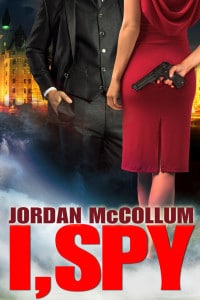 Title:
Title:  .
.![107/365 [Flying Fingers]](http://farm4.staticflickr.com/3593/3454110496_b3785204f5.jpg)
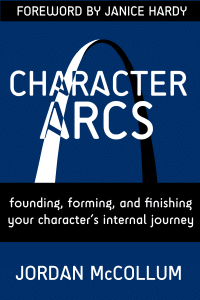

 sometimes, you just don’t know what comes next and all your ideas are vague, lame, or just not the very next thing in your story.
sometimes, you just don’t know what comes next and all your ideas are vague, lame, or just not the very next thing in your story.
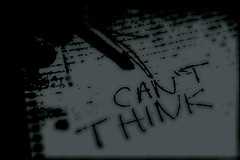
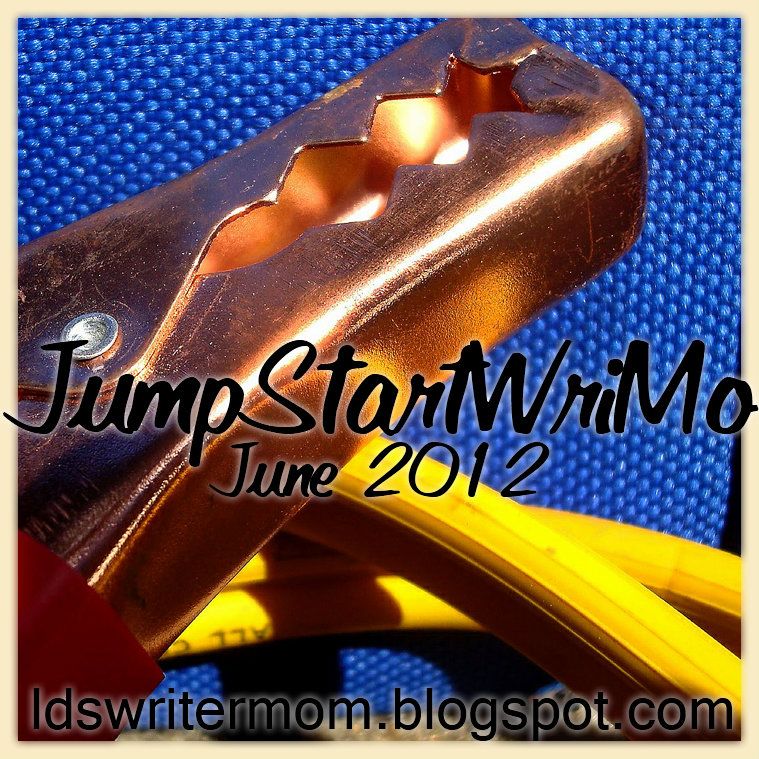
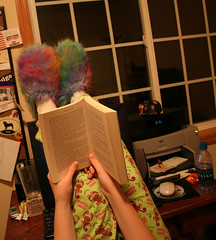

 .
.